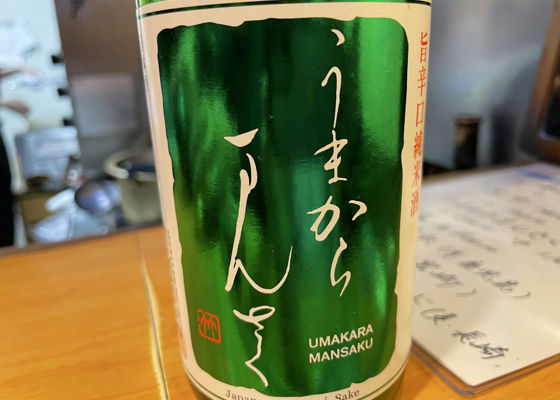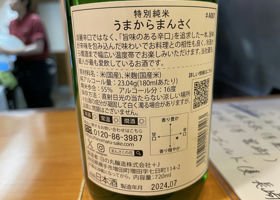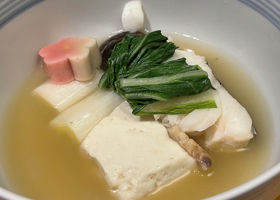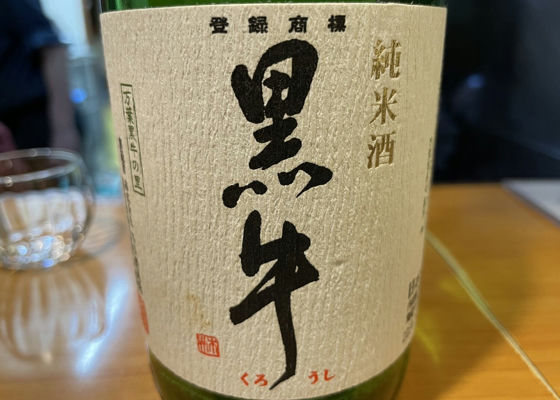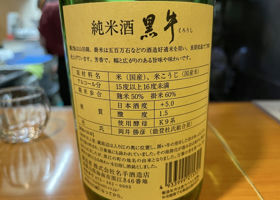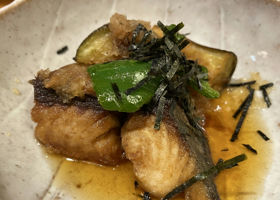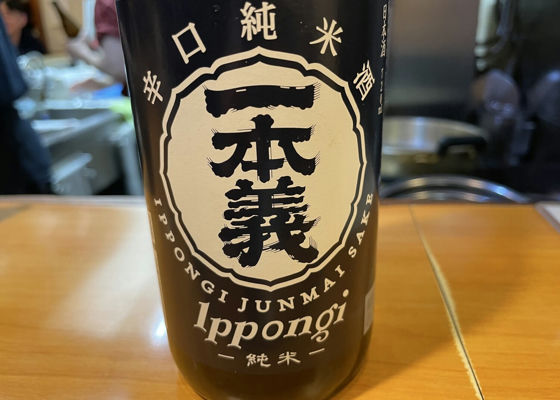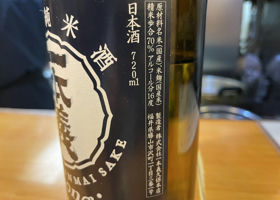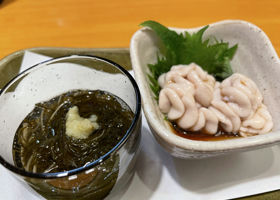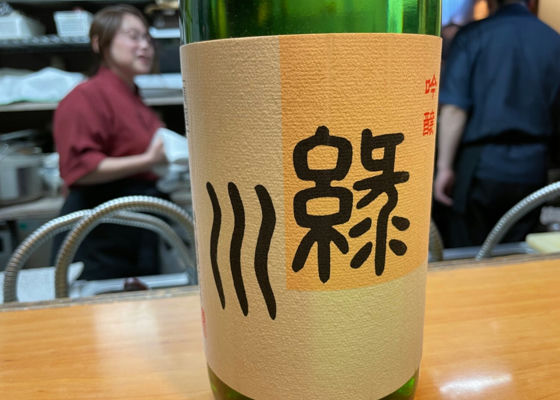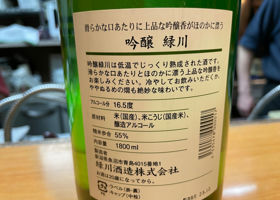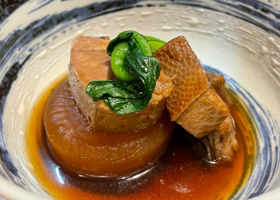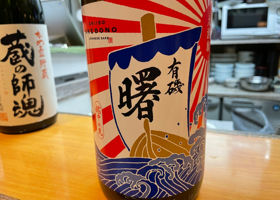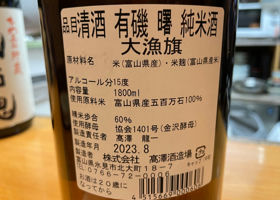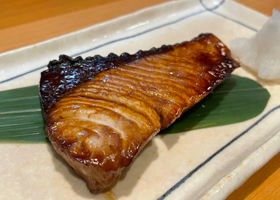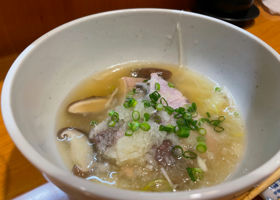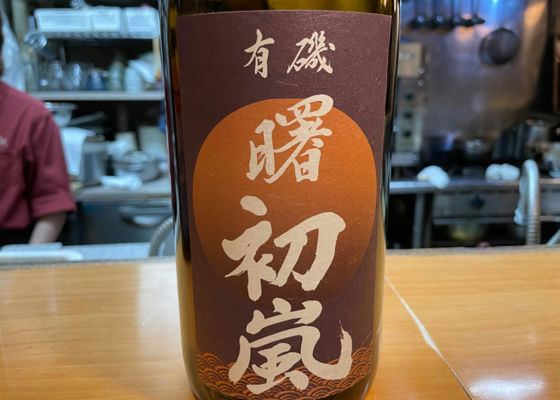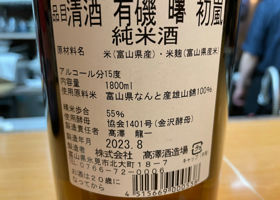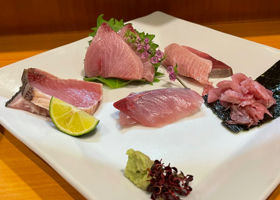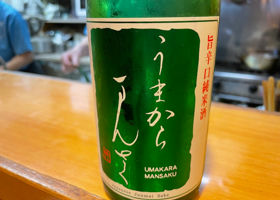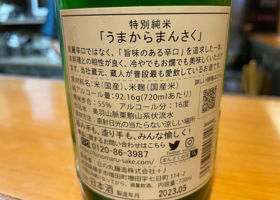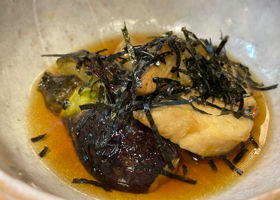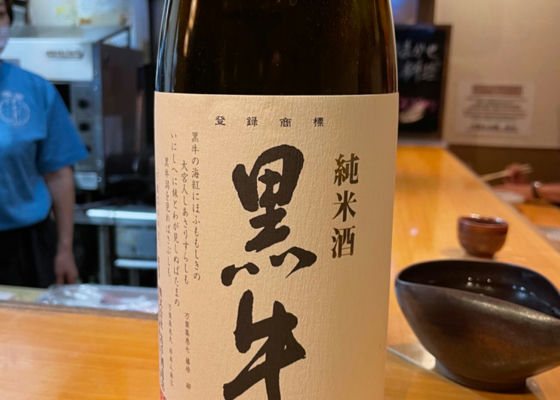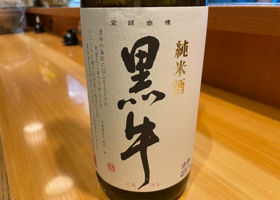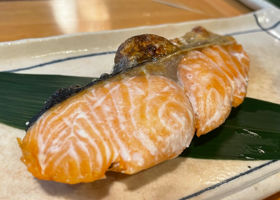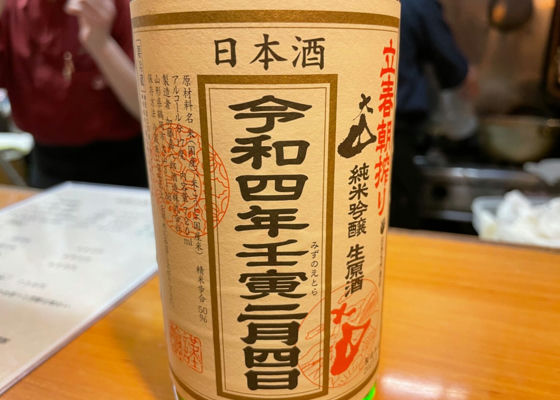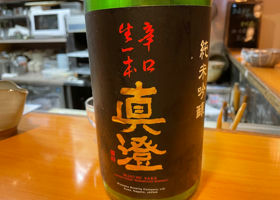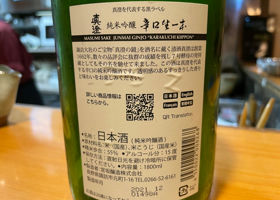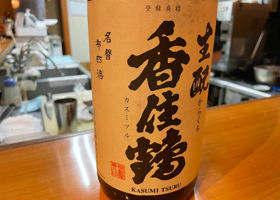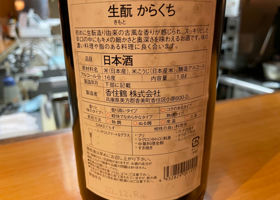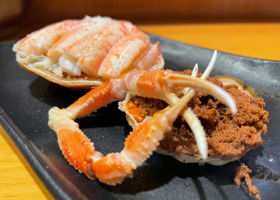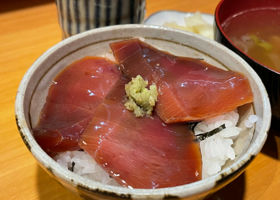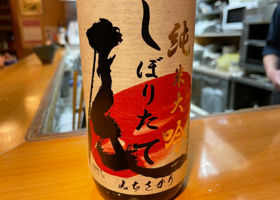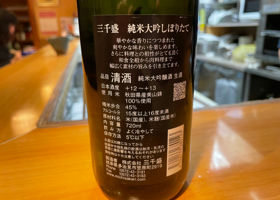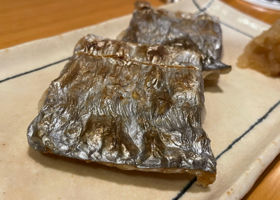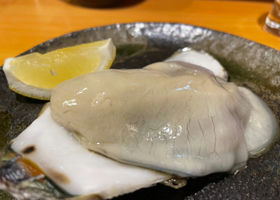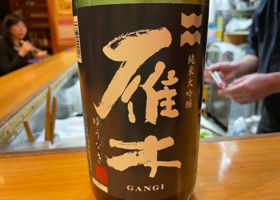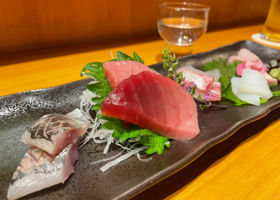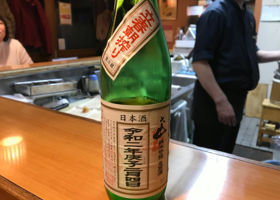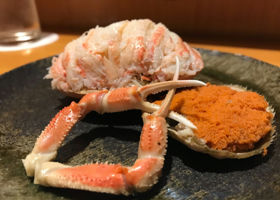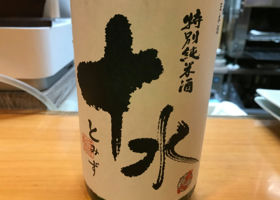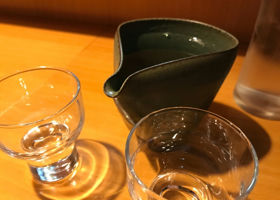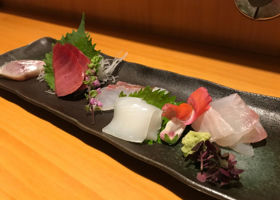Timeline
メキシコテキーラThe third glass of sake is also from Akita. It's delicious. Both the sake and the fish dishes at this restaurant. メキシコテキーラThe second cup is also junmai sake. This is Kurogyu from Wakayama. I had had it here before. It is a nostalgic memory. メキシコテキーラIt's been a while since I've been to Tsukiji. I have been a regular customer of this restaurant for a long time, and since it will close this month, I went to get some delicious fish. The sake was a dry junmai sake. It has a strong flavor and goes well with the albacore. しんしんSYMexican Tequila, it's sad to lose a great restaurant. Dry sake and seasonal albacore is the best 😃. しんしんSYIt reminded me of Kazuyoshi Yamamoto, who used to play for the Hiroshima Toyo Carp 😁⚾️ メキシコテキーラNiigata ginjo-shu was brought in by a participant in the event. メキシコテキーラSince we are all about yellow-tail, the second glass of sake is also from Himi, Toyama. At room temperature. メキシコテキーラIt was served cold. It had a nice aroma of junmai sake and good water. It is a delicious sake from Toyama. メキシコテキーラDry with a delicious flavor. Among Akita's sake, Mansaku no Hana is often served, but it goes well with fish dishes. メキシコテキーラDelicious fish at Tsukiji.
Black beef from Wakayama to go with it. Junmai sake.
We had it cold at first, and then at room temperature on the master's recommendation. It was a nice sake with a good flavor. メキシコテキーラSlightly carbonated and refreshing. From there, you can taste sweetness, but also the flavor of ginjo-shu.
As it happens, it was a sake from Tsuruoka, with which we have recently had a connection. メキシコテキーラGood mouthfeel. The flavor slowly wells up. メキシコテキーラThe owner marries it with kabako crab! This is a standard ordinary sake made by the famous "nama-moto" brewing method of Kasumitsuru, and it is said to be a popular sake among dry sake lovers as the richness and sharpness of nama-moto especially shines through. Of course, it was delicious with crab. メキシコテキーラIt was full of fruit-like aroma and well-balanced acidity. To go with the sake, the tatana fish was grilled and the raw oyster was Rikuzentakata. メキシコテキーラThis is an aperitif recommended by the owner. Although it is a sake from Yamaguchi, it had a nice mouthfeel with the flavor of sake.
It is bottled without filtration, and it is said that it is heated to stabilize the taste, so we could fully enjoy the highest taste of Ganki. RecommendedContentsSectionView.title
